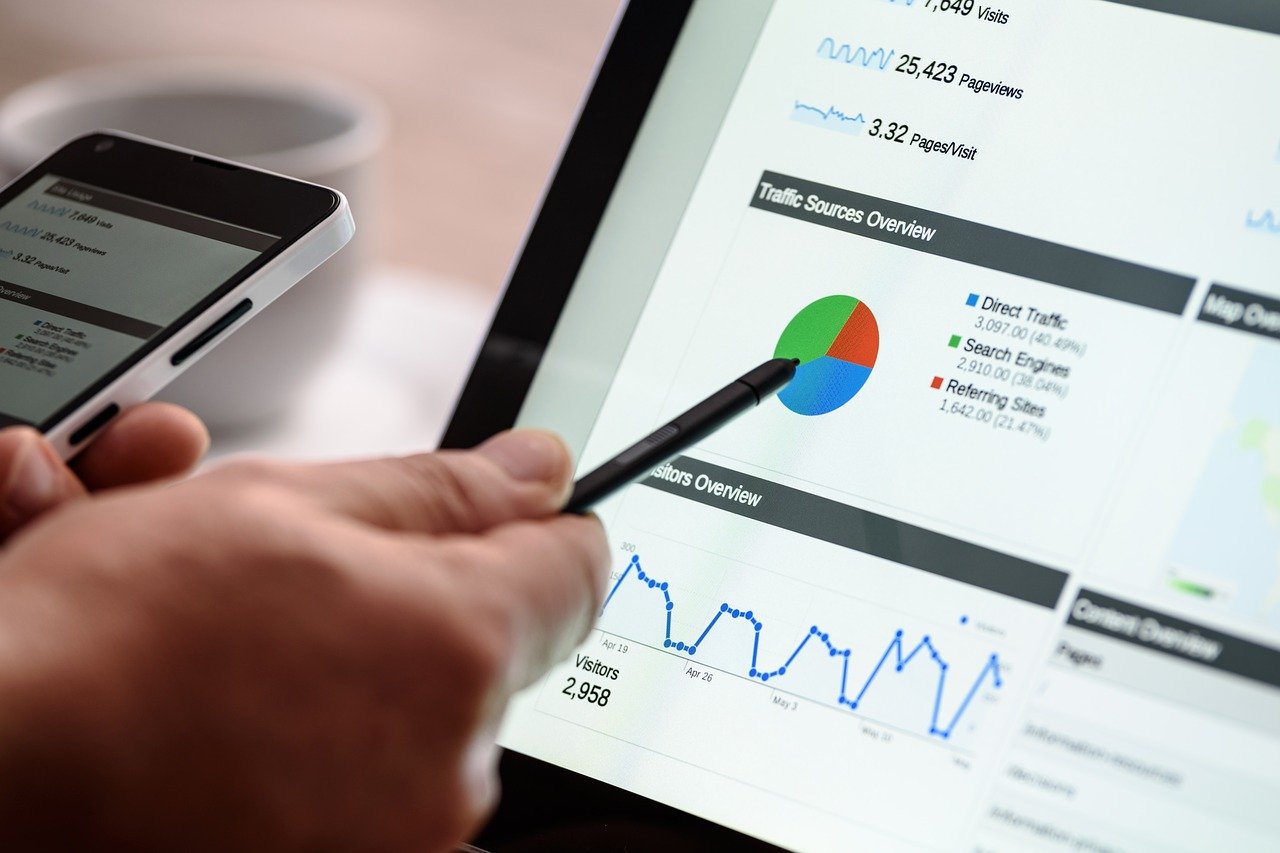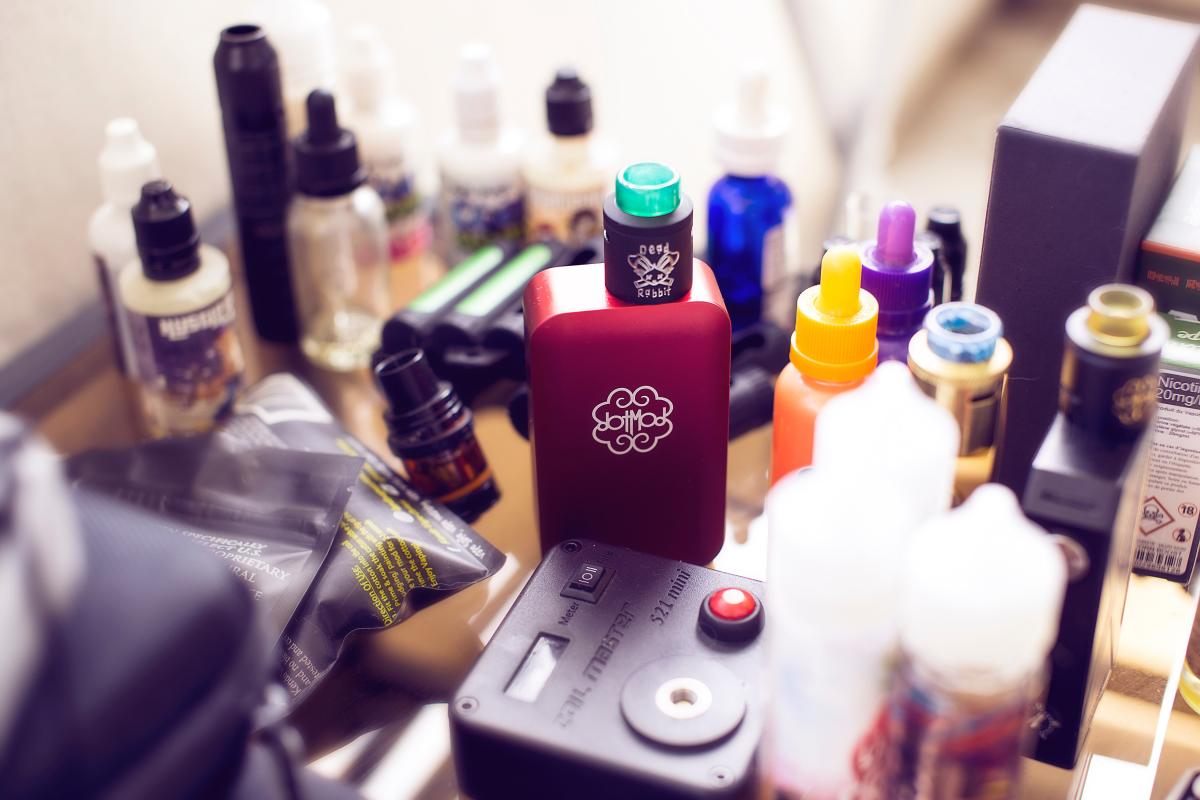In an age where ecommerce has never been a more crucial revenue stream, with high streets closing once again and the prospect of an online Christmas, this makes it a key consideration for any retailer’s digital strategy. According to analysts at Edge Retail Insight, ecommerce in the UK has grown by £5.3 billion during lockdown and now accounts for a third of all retail transactions.
Google has made a number of moves in recent months which indicate the SEO value it places on page load speed. These include labelling slow-loading sites on results pages and unveiling the Core Web Vitals which are set to become a key ranking factor in 2021 as part of Google’s increased focus on UX.
The Core Web Vitals all reflect page load speed:
- Largest contentful paint (LCP) measures how long the majority of a page’s main content takes to load, indicating its usefulness and readability
- First input delay (FIP) measures how responsive elements of the page are to a click or tap by the user
- Cumulative layout shift (CLS) generates a score based on whether page elements stay in their location while loading or dart around the screen

However, it’s not only Google that places value on page load speed, as reflected by the impact it has on conversions. 47% of users expect a page to load in under 2 seconds, and a difference of just 3.3 seconds can alter conversions by 2.5% – having a huge impact on ecommerce retailers if your page loads slowly every single time a user lands on it.
With more competition than ever in the online ecommerce space and with retail forever changed by the lockdown of 2020, now is the time to ensure that your page load speed is as fast as it can be.
Vlad Vassielev, Director of UK ecommerce retailer Vape Club, provides insight into the approach his business took to reach a 100 page speed score, and the impact that it’s had since.
Why target page speed optimisation to improve the site?
The website needed to be more responsive to its users’ needs. Visitors to the site, whether they are new or returning customers, don’t want to put up with slow pages, where images and other elements struggle to load. They’ll simply go elsewhere, especially given the increasingly competitive online market since Covid-19 in the UK.
In order to do this it was important to reduce the strain on the server and our bandwidth usage. With the right changes in place, the company could provide its usual level of customer service when customers came over from other website which were struggling with increased demand.
What are the first steps towards optimising your page speed?
The first step was to establish how well the site is currently performing for page speed. Google’s PageSpeed Insights tool tells you how fast any given URL is loading on both mobile and desktop, with a score out of 100 along with a list of recommended amendments that are slowing it down.
What elements were key targets to improve the page speed?
- Image optimisation: Creating device-specific image sets for mobile, tablet and desktop to make sure images are fully optimised at every stage
- Visual styling optimisation: Cleanup of all CSS files to remove unused classes, maximising compression on the files to reduce end user delivery
- Core libraries (JavaScript files): Removing any unutilised libraries, minifying code and consolidating it into one neat file
- Third party plugin loading for Google Analytics, ZenDesk Customer Support, Trustpilot and DMCA Copyright Protection: Removing, delaying or changing completely how the site interacts with third party bloat content.
What impact has the page speed optimisation had?
Once all the above recommendations were implemented, over several months a number of key metrics improved. On the SEO side of things, the site’s visibility for several key search terms increased in the search engine result pages. The site has recently seen a 49% increase for visibility on mobile devices, when measured on analysis tool Sistrix. This was the same for visibility on desktop devices, with a 56% improvement.
Conversion rates also improved as follows:
- Ecommerce conversion rate: 3% increase YoY
- Mobile ecommerce conversion rate: 3.18% increase YoY
- Desktop commerce conversion rate: 8.63% increase YoY
With a higher percentage of people coming onto the site converting into purchases, it’s clear that improvements to page speed make a tangible difference to sales.
The company has gone from strength to strength this year and have seen sales more than double according to recent figures. In a competitive niche, the regular analysis and improvement to factors such as page speed played a crucial role in this ecommerce success.
Written by Vlad Vassiliev, Director of Vape Club



